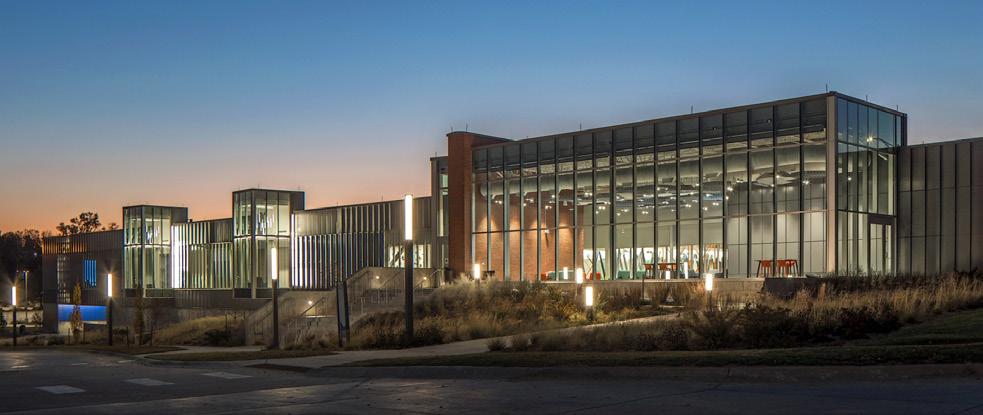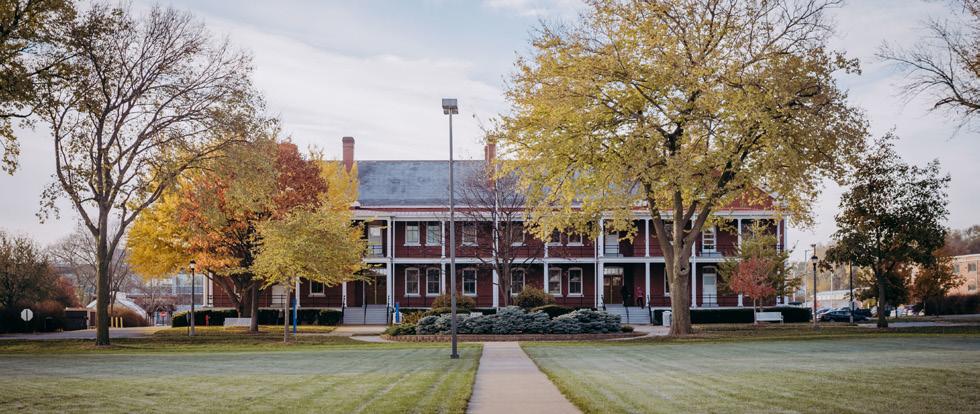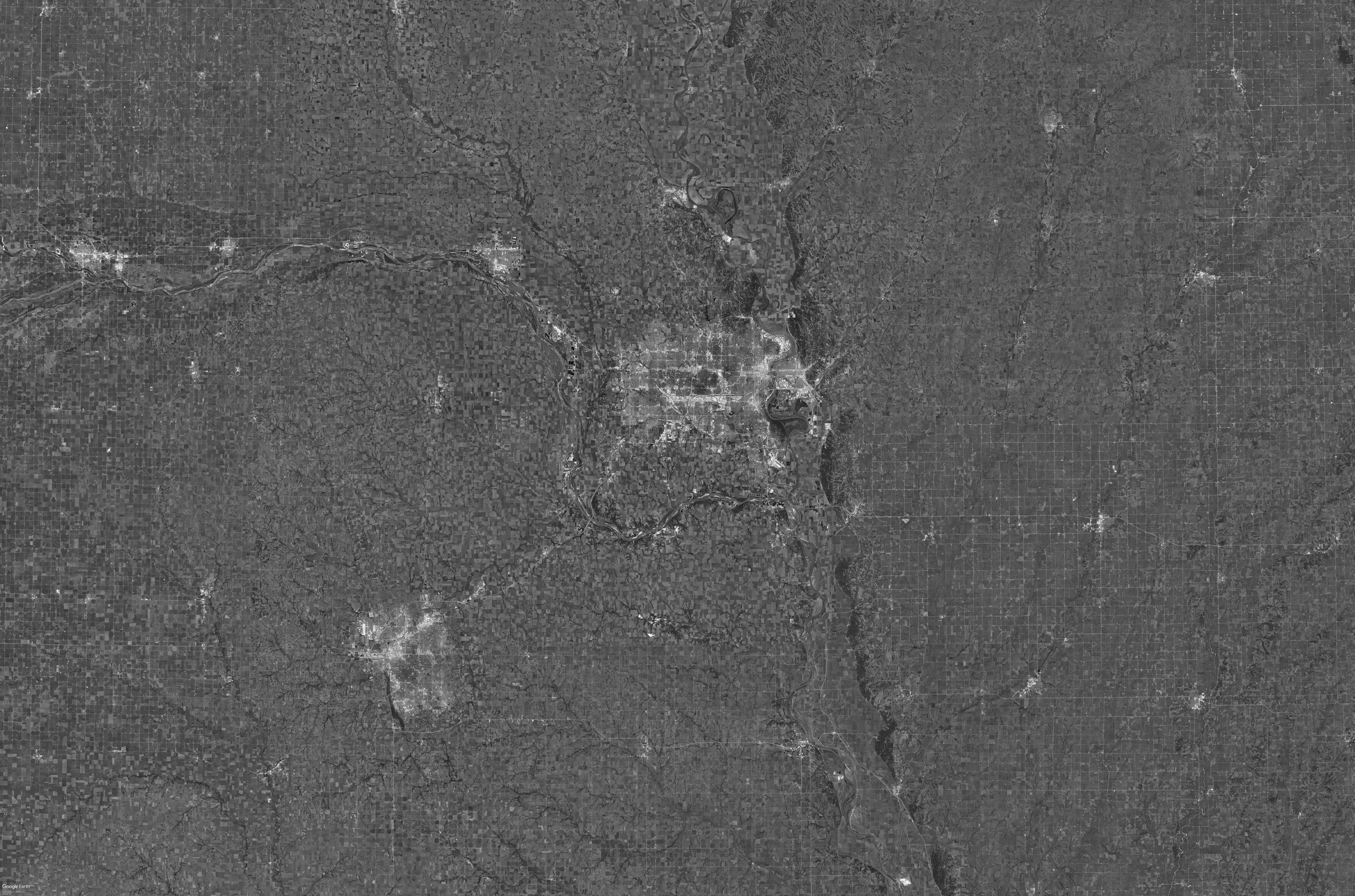
3 minute read
MCC AT A GLANCE
Programming and Delivery
Types of Delivery
Face-to-Face
When the instructor and students are interacting at the same time, in the same physical location.
MCC Live Online (Remote)
Scheduled classes online, where students log in to a program with instructors and peers, on the same day, at the same time.
MCC Anytime (Online)
Classes are unscheduled, where students log in to a program at any time to complete their work.
MCC Blended
Courses that combine face-to-face and an online format (MCC Live Online or MCC Anytime).
MCC Dual Credit
High school students can experience College programs while earning postsecondary credits.
MCC offers a wide array of associate degrees, certificates and credentials through academic and non-credit classes, and workforce training.
Credit-seeking students can choose from two-year degree or certificate programs that cover seven Academic Focus Areas including Business, Creative Arts and Design, Community and Human Services, Health Professions, Information Technology, Skilled Trades and Technical Sciences, and Transfer.
MCC’s non-credit programming offers high-quality, accessible, and innovative programs to learners of all ages. Classes are offered at a variety of sites throughout the metropolitan area.
Workforce training programs advance student goals and fuel business growth through accelerated learning opportunities and workforce training. MCC helps employers develop their workforce and advance the skills of career professionals to boost their potential. In addition, MCC also provides community-based programs that provide educational opportunities, resources, and support to local neighborhoods at three MCC Express locations. This includes GED, English-as-a-Second Language and other workforce non-credit courses.
In 2024, MCC will celebrate its 50th anniversary.
For the past 50 years, MCC has continued to expand and adapt to best suit the needs of students and surrounding communities. Through numerous initiatives, MCC has seen rapid growth in the past two decades. State-of-the-art facilities

1974
2,430 STUDENTS and new credit and non-credit program offerings at the Fort Omaha and South Omaha Campuses have provided students and employers an excellent learning environment and a welltrained workforce.
TODAY
40,000+ STUDENTS
2ND LARGEST HIGHER EDUCATION INSTITUTION IN NEBRASKA
MCC AT A GLANCE By the Numbers
SNAPSHOT OF ANNUAL DATA FOR THE ACADEMIC YEAR 2021-22
361,536 credit hours attempted
171,062 non-credit contact hours completed
14:1
STUDENT-TO-FACULTY RATIO
MCC faculty prepare students for informed and productive lives. When asked what they value most about their experience, many MCC grads credit their relationship with instructors.
About
2 in 3
Credit students attended part-time; during the summer term, this was 4 in 5
1,020 full- and part-time faculty are dedicated to student learning
20,980 unique students enrolled for credit
8,595 new students started their studies
627 full- and part-time sta support the mission of the College
$68 per credit hour cost for Nebraska residents ($102 for non-residents)
MCC’s faculty consistently meet or exceed the educational requirements for an institution whose highest degree programs are at the associate degree level.
Source: Appendix E
MCC students represent a diverse population of learners with a broad range of backgrounds and educational and career interests.
38% Undeclared Career/ Technical Programs
About 3 out of 5 of MCC’s students identify as female
53% is the average age of an MCC student; most are between 15 and 34
1,717
24.7 received degrees
Holland students (59%) were in academic transfer programs; 24% were in career/technical programs; and 17% were undeclared.
The long-term economic e ect of completing a degree is unquestionable and includes an impact on the students as well as the community.
$
$32,552 less than HS High School Some College Associate’s
$320,000
The di erence in median income for associates degree holders versus high school graduates translates to more than over a career span of 40 years.
Sources: Appendix E, Z
About MCC | 25

CREDIT AND NON-CREDIT SEATCOUNT BY DELIVERY TYPE
Source: Appendix H
Seatcount
Each student counted once per course
Trends in MCC enrollment data have been impacted in di erent ways by the Covid-19 pandemic. For example, seatcounts for in-person and remote/online delivery were fairly consistent prior to the pandemic, with in-person delivery a large proportion. However, dramatic shifts occurred as a result of the pandemic, which have since stabilized with a smaller divide between in-person and remote/online delivery.
Although not back to pre-pandemic levels, seatcount has nearly doubled in the year after the pandemic, which may indicate a slow but steady recovery.
CREDIT AND NON-CREDIT SEATCOUNT BY LOCATION
TOTAL SEATCOUNT (CREDIT AND NON-CREDIT)
Source: February 2023 One Pagers for
Source: Appendix H
O ice of Institutional E ectiveness









